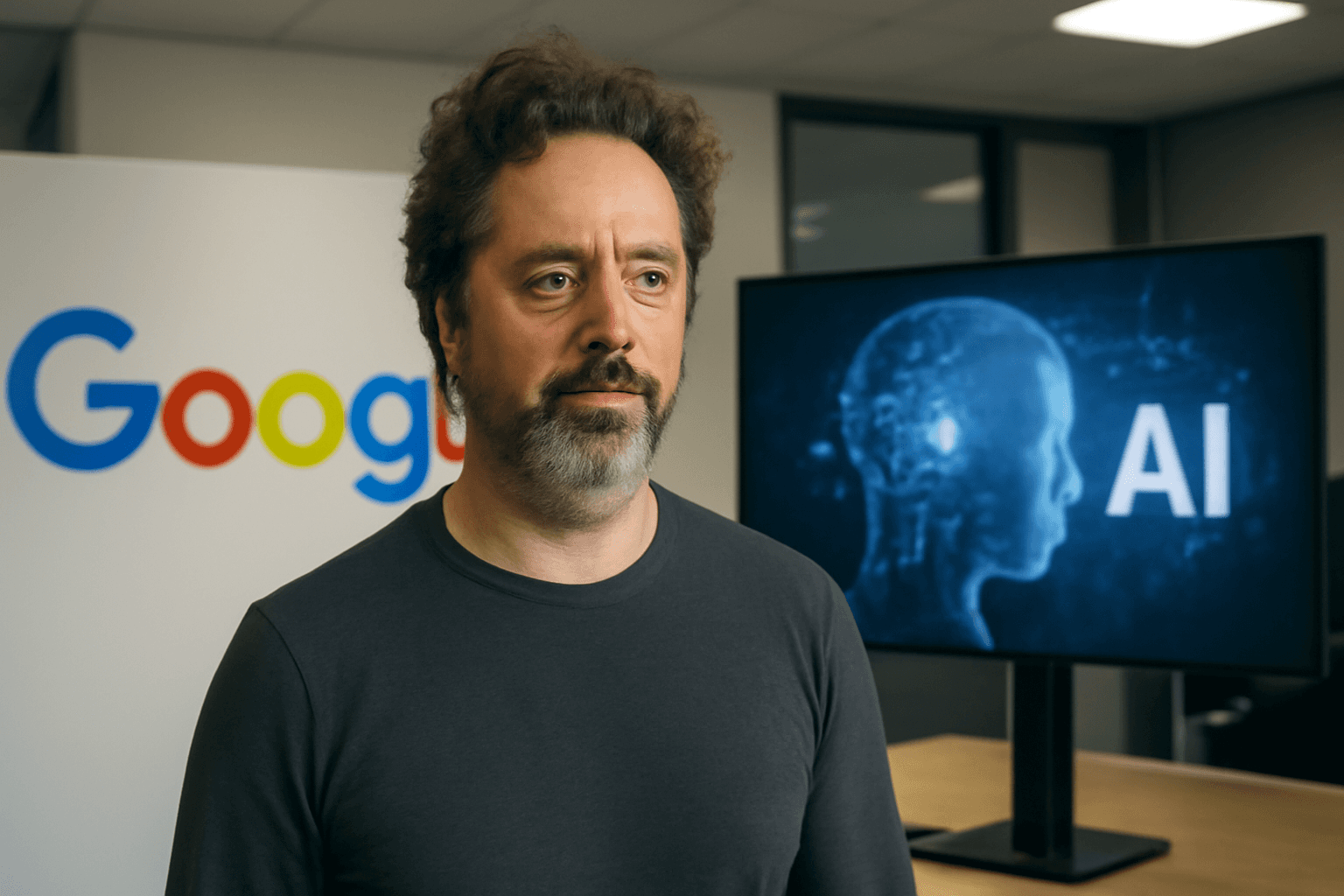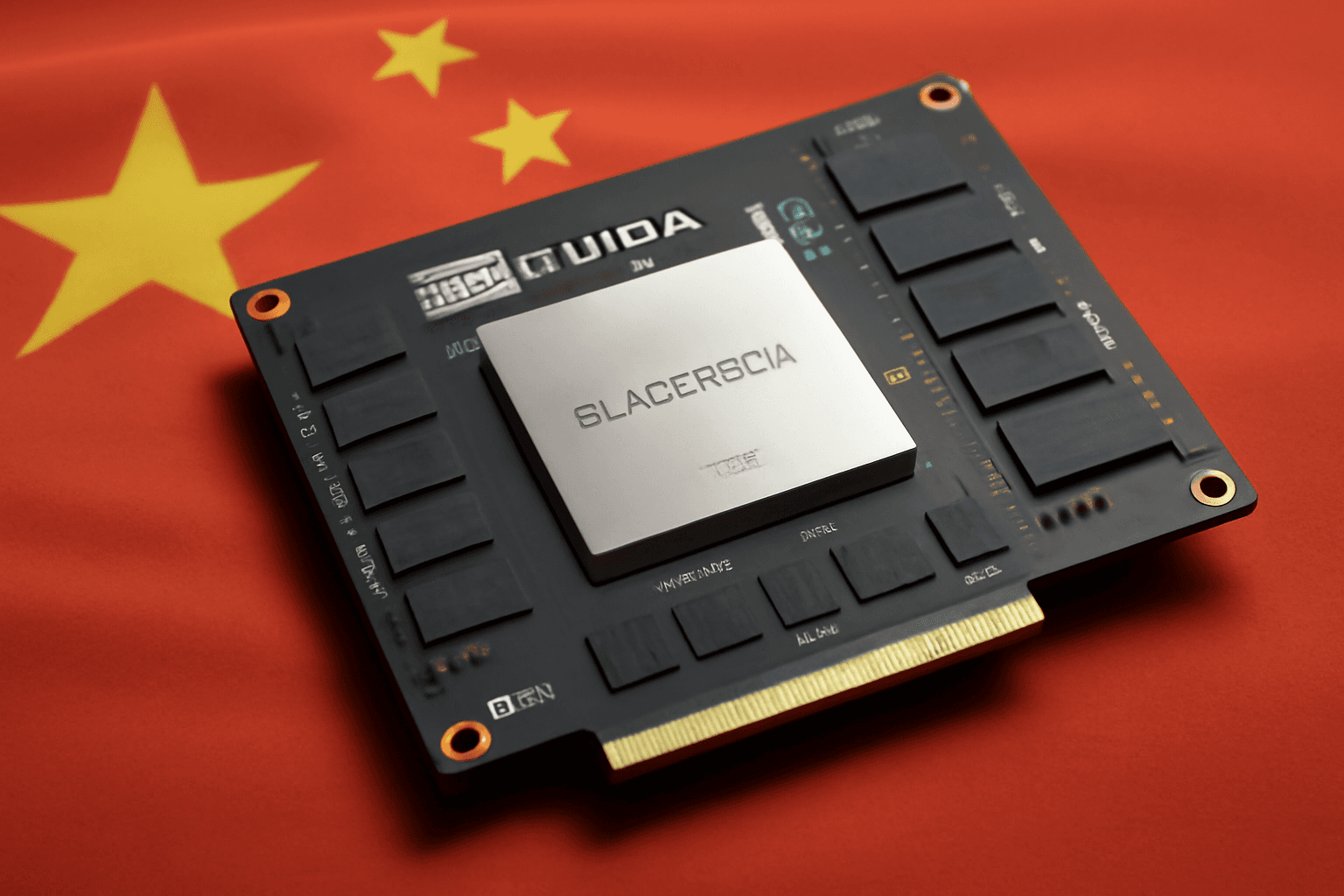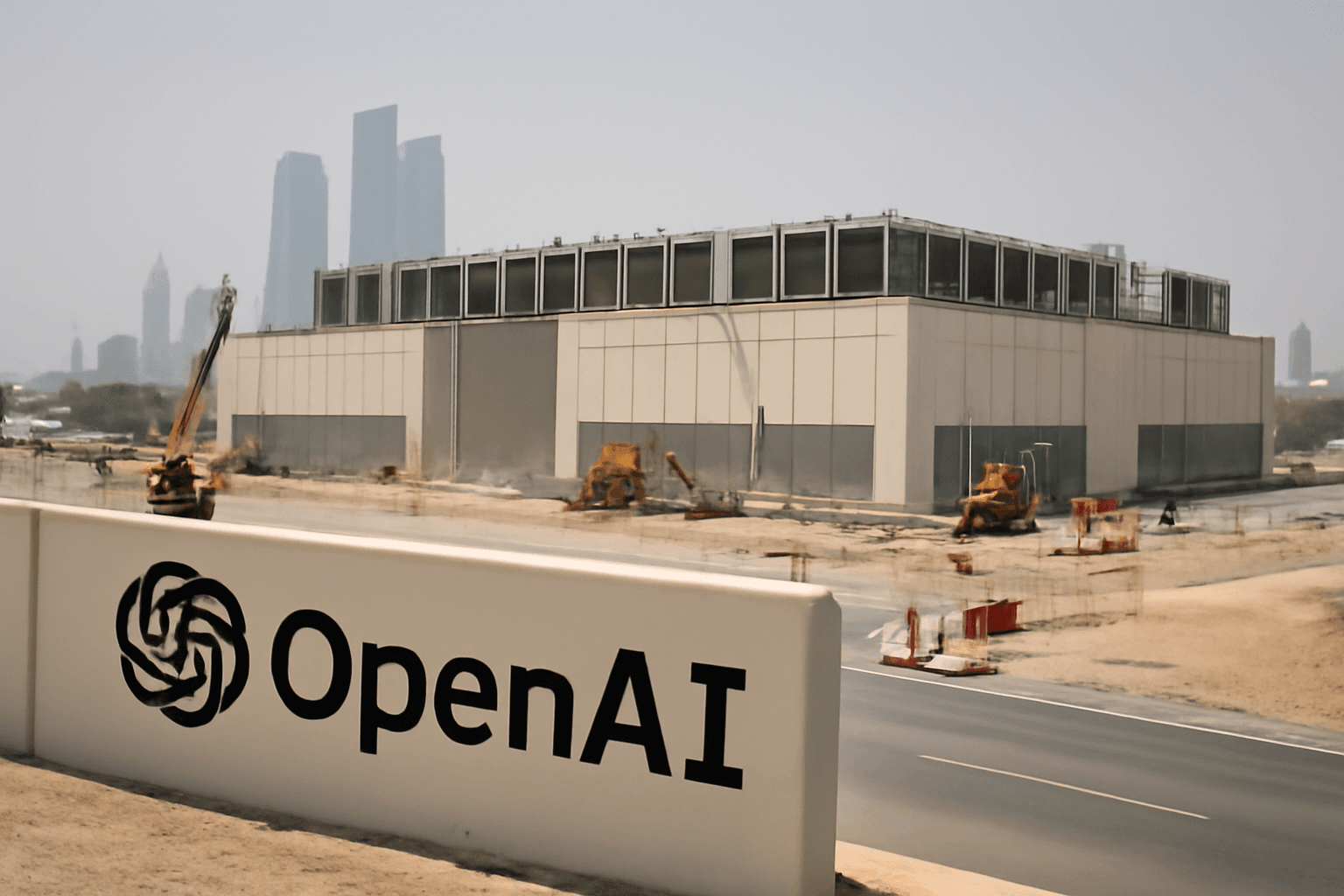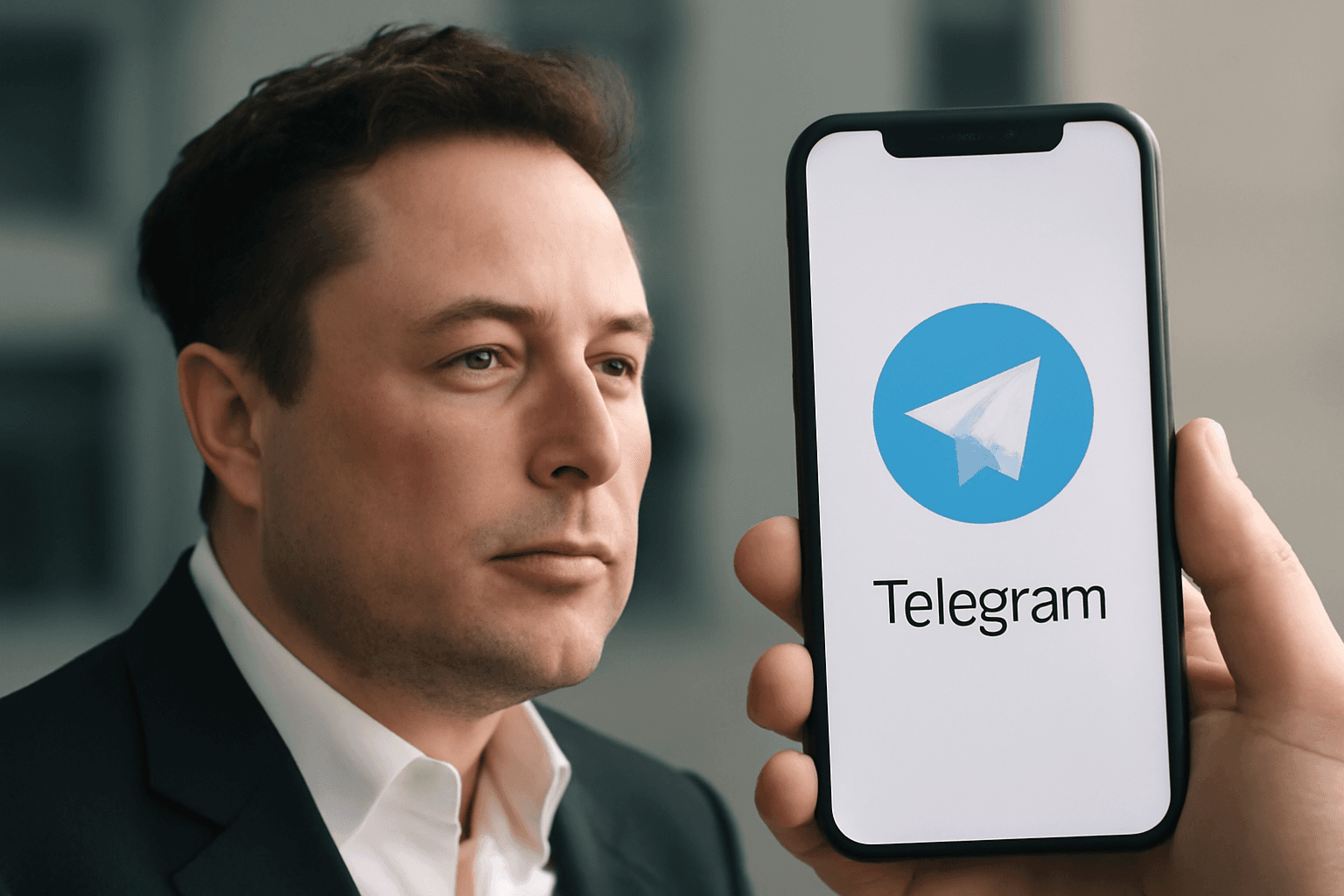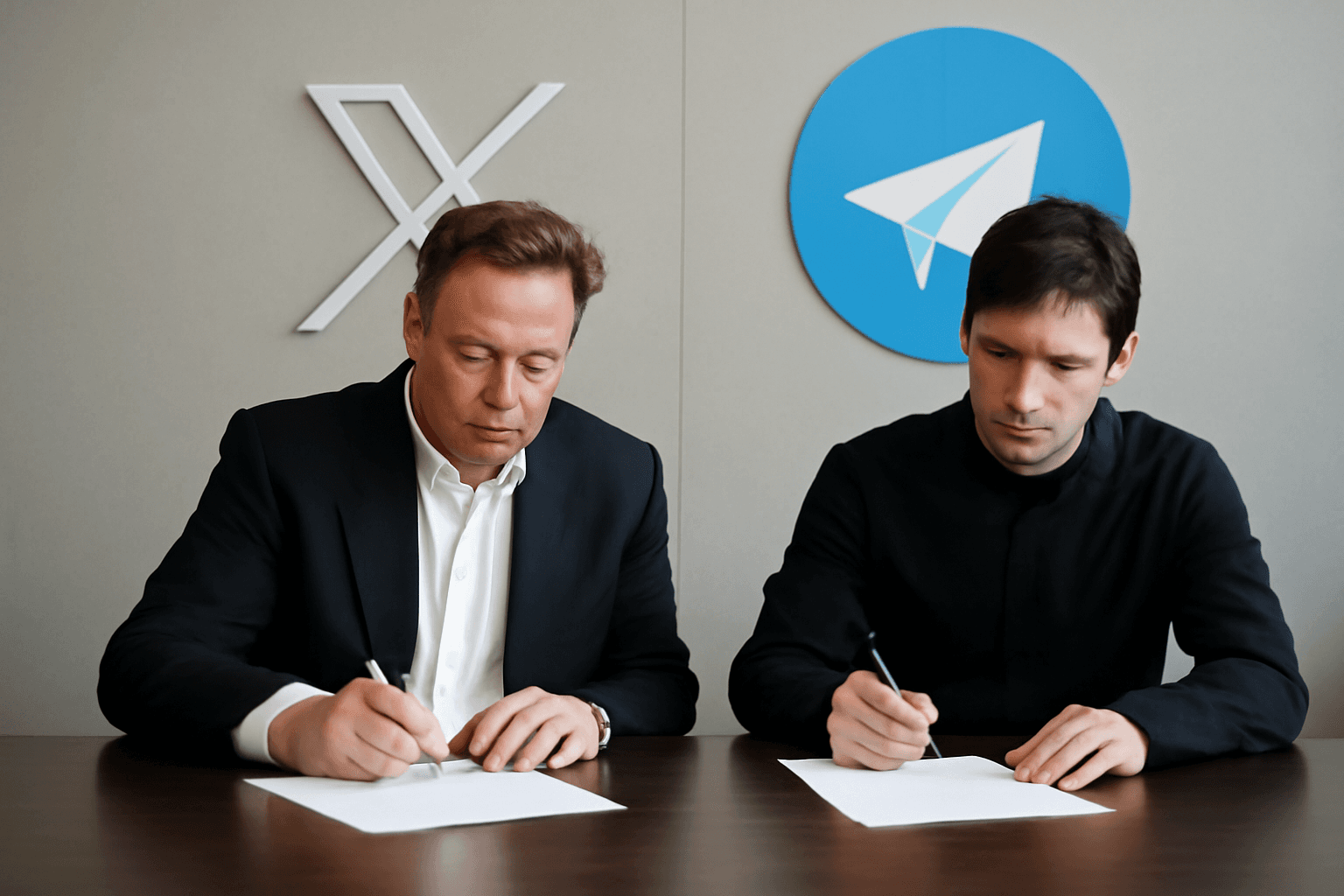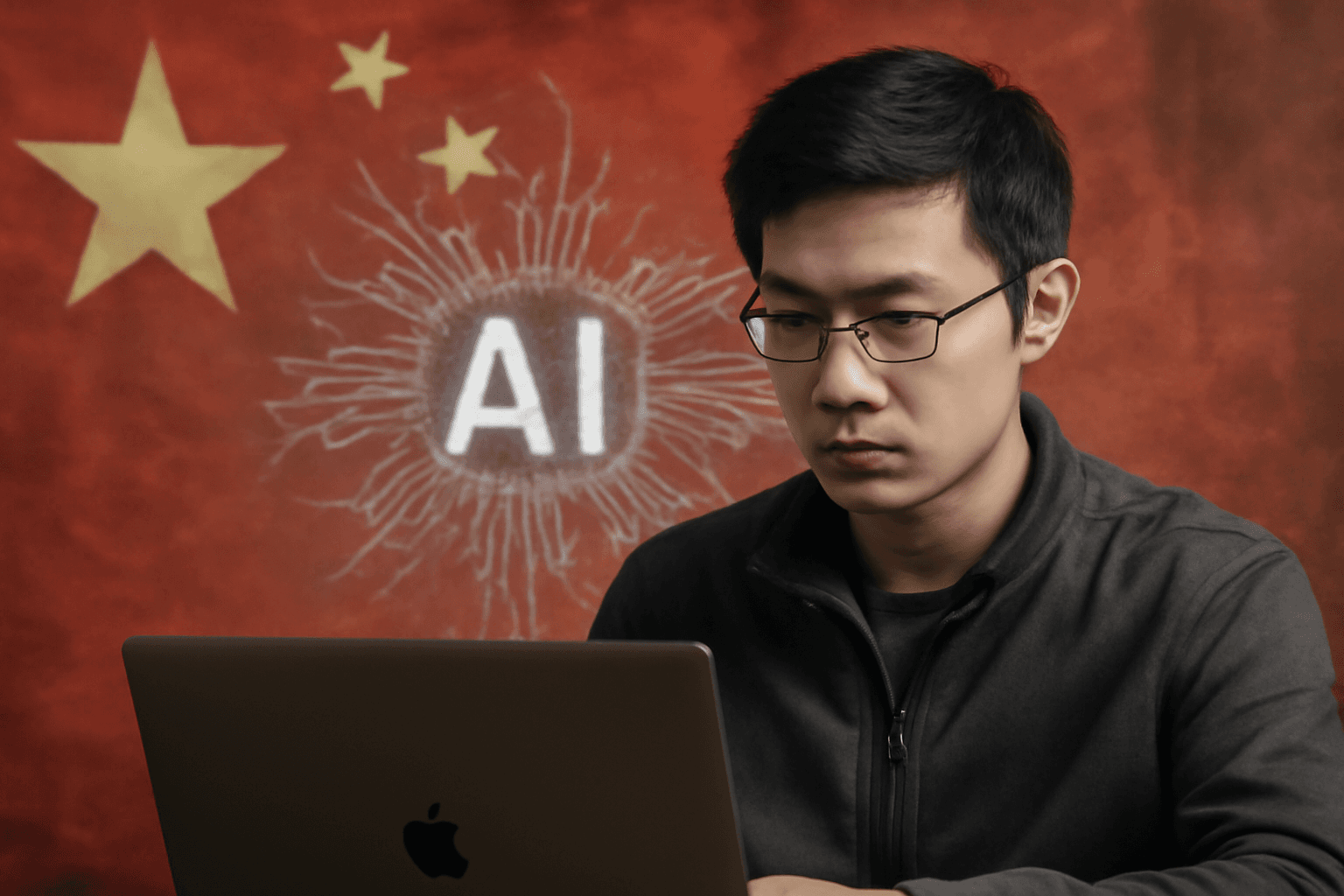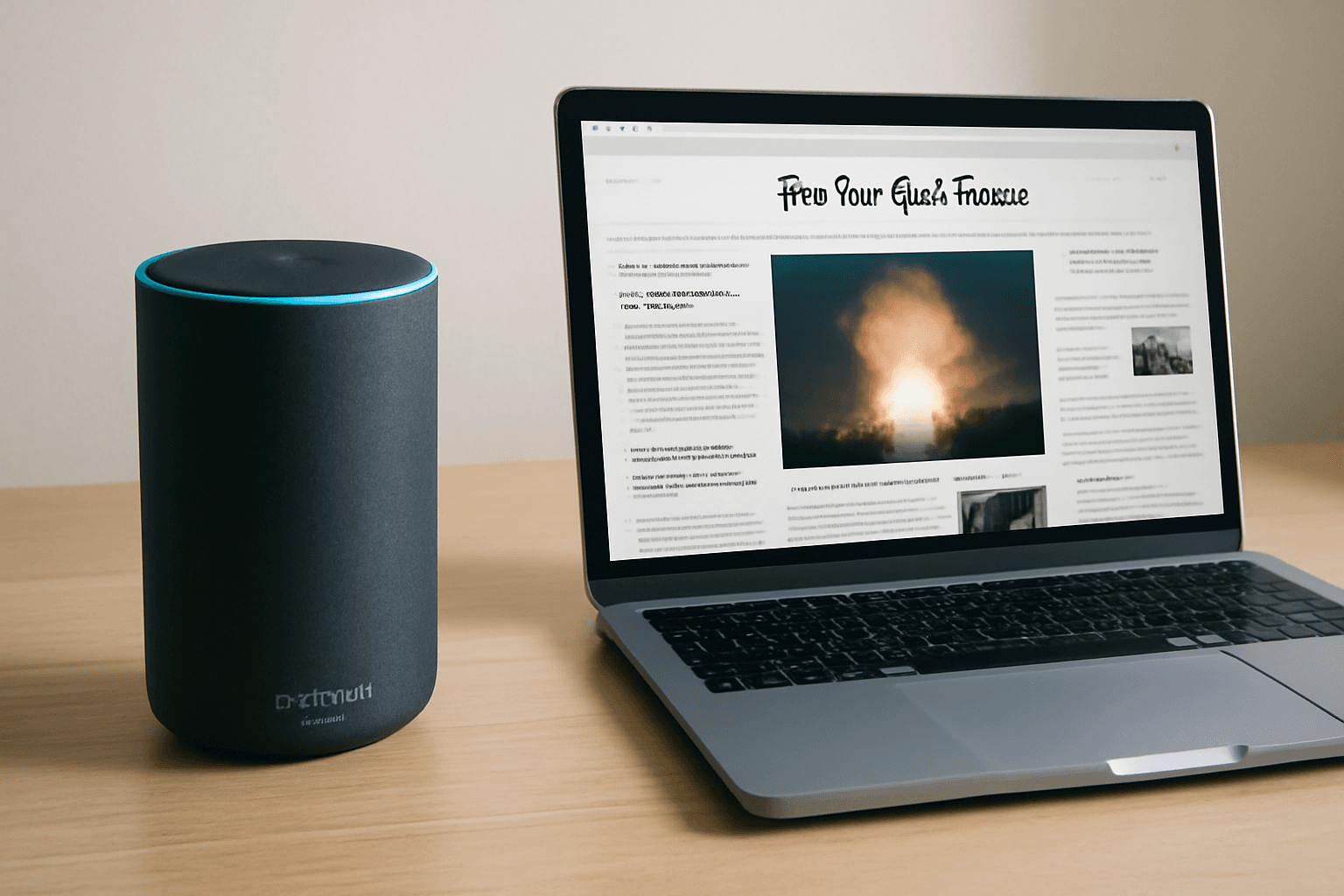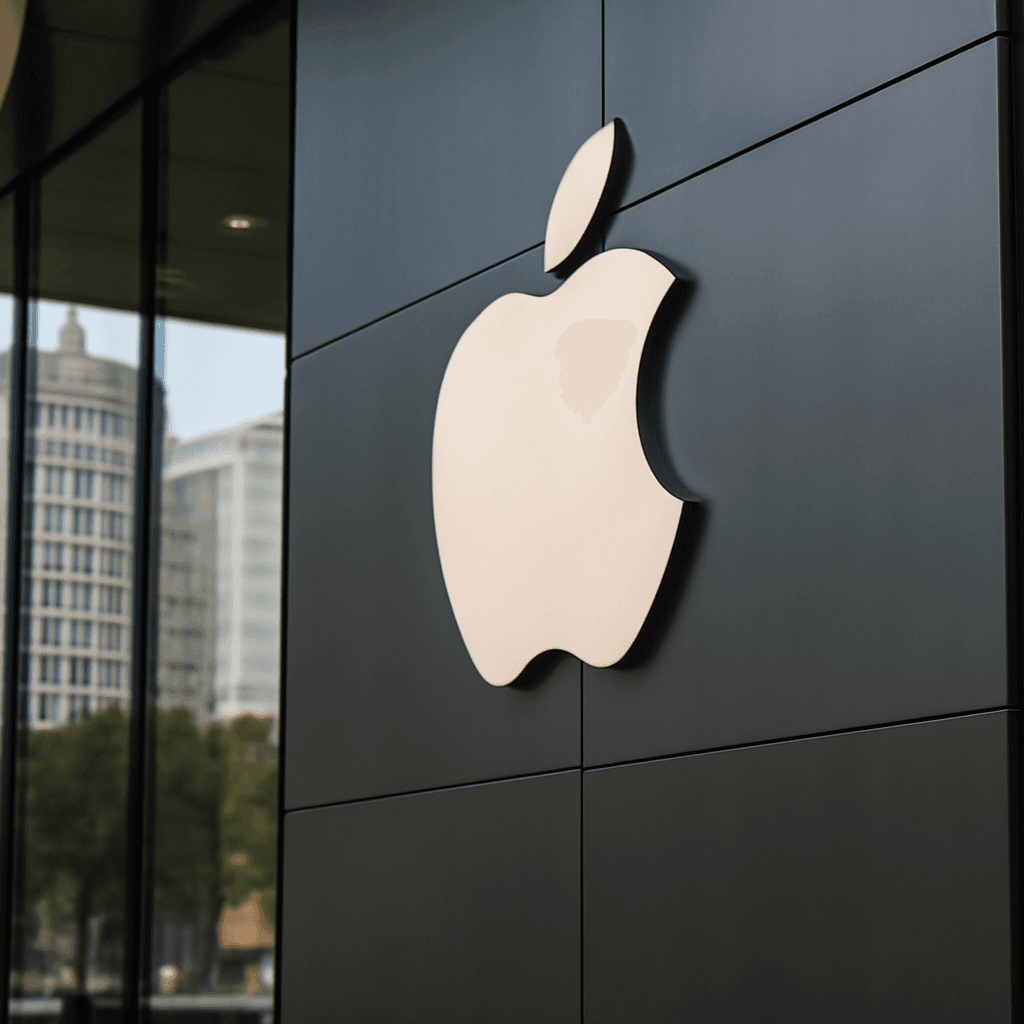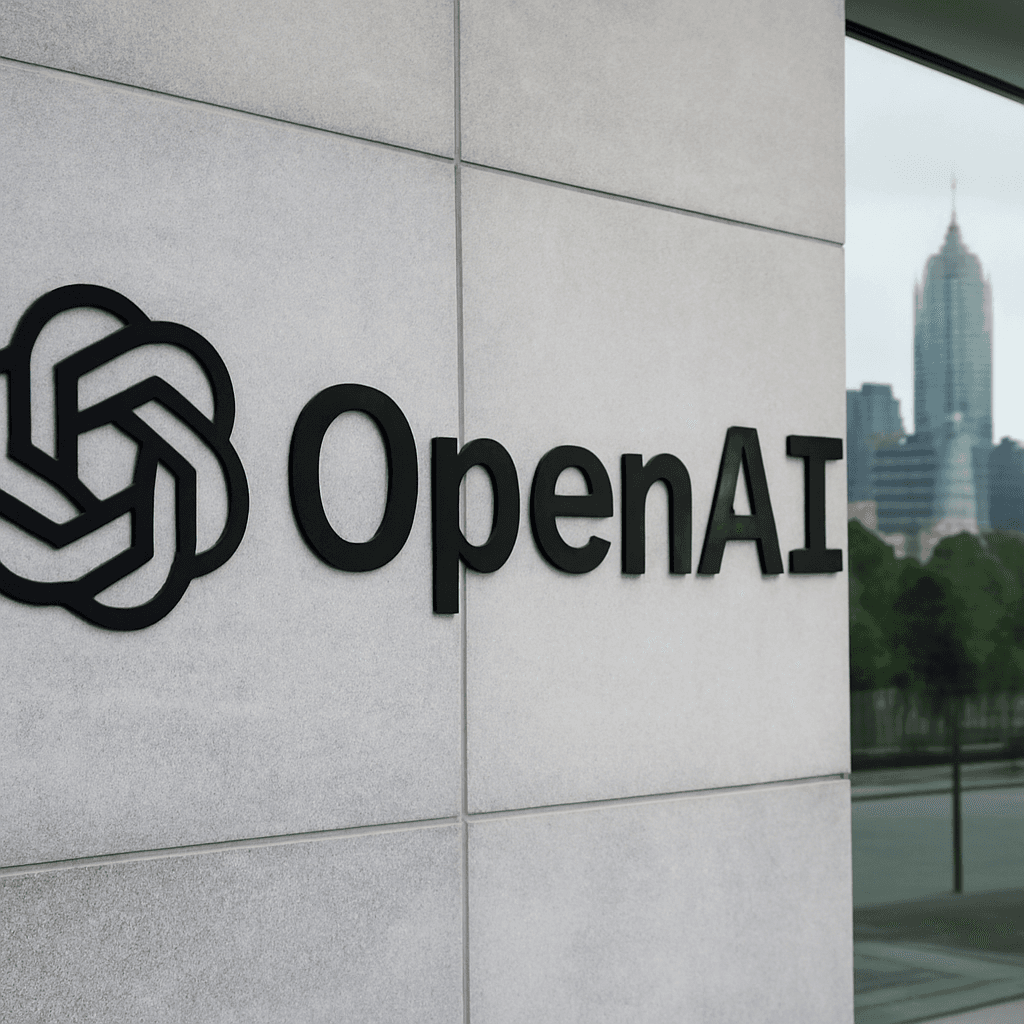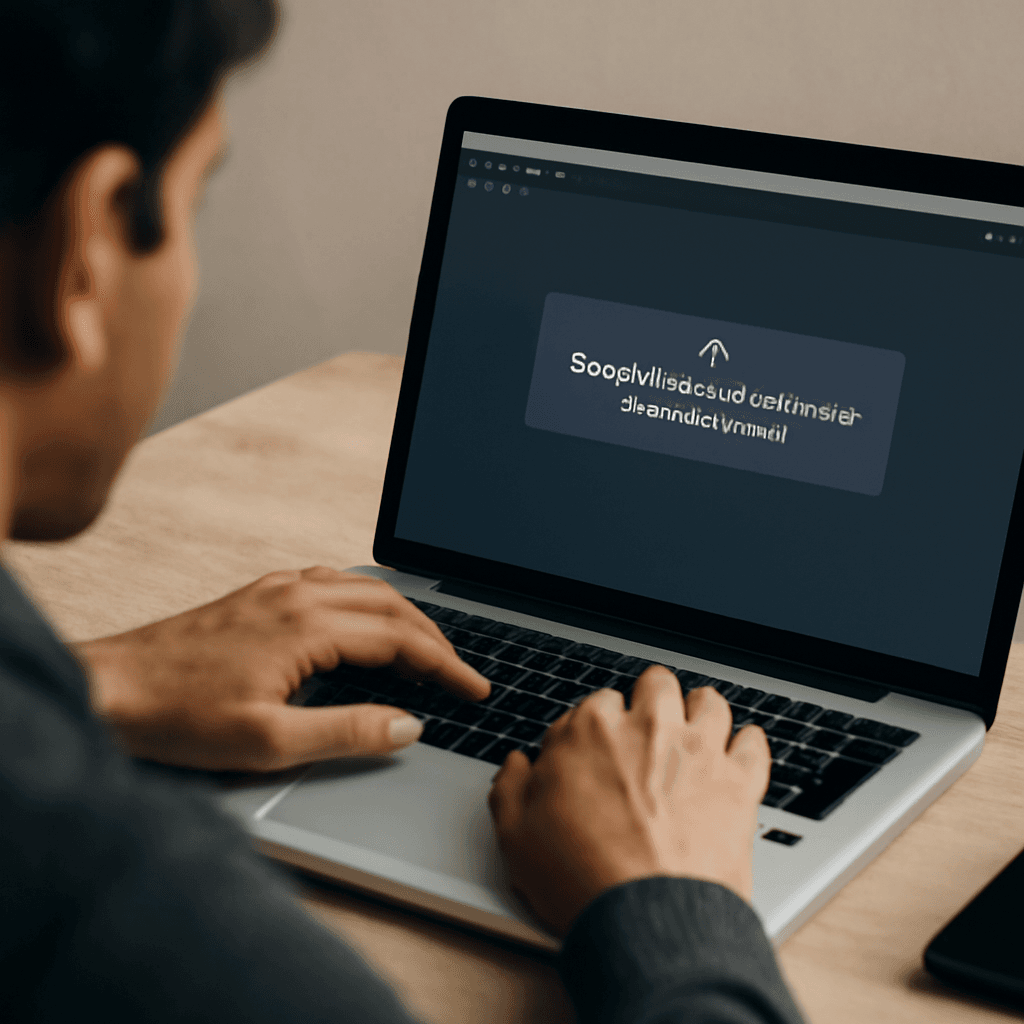GPT-5: Shifting the AI Battleground from Consumers to Enterprises
A week after OpenAI unveiled its highly anticipated GPT-5, the rollout left many everyday users underwhelmed, with the company reinstating GPT-4 for its paying consumers due to criticisms over the new model's less intuitive feel. However, beneath the surface, a more strategic narrative is unfolding: GPT-5 is rapidly gaining traction in the enterprise sector where the real AI race intensifies.
The Enterprise Focus: Where AI Dollars Are Made
OpenAI's pivot toward businesses is clear, targeting a lucrative and fiercely competitive market led by rivals like Anthropic. Since its launch, GPT-5 has sparked more than a twofold increase in coding and AI agent-building activities and triggered an eightfold surge in complex reasoning tasks, signaling its growing adoption among startups and established platforms alike.
- Key adopters include Cursor, Vercel, JetBrains, Factory, Qodo, and GitHub Copilot, integrating GPT-5 into default AI workflows.
- Industry impact ranges from coding optimization to handling long, logic-intensive documents—tasks that require nuanced reasoning capabilities.
Expert Insights: Breaking Down GPT-5’s Enterprise Appeal
Industry leaders emphasize that GPT-5 surpasses previous models in planning and coherence, especially for multifaceted enterprise applications. Aaron Levie, CEO of Box, whose team is testing GPT-5 on complex business documents, hailed it as a "breakthrough" in AI reasoning power. Similarly, CTO Malte Ubl of Vercel noted GPT-5's creativity in product design, marking a significant leap over Claude Sonnet, Anthropic's coding model former market leader.
This rise is underpinned by OpenAI's considerable investment in infrastructure and its dedicated enterprise sales team of 500+ professionals, led by COO Brad Lightcap, who operate independently from Microsoft Azure partnerships. This dual-access model offers clients flexibility, be it directly through OpenAI’s API or via established cloud providers.
The Economics and Competition Shaping AI Development
Operating these advanced AI systems is costly; OpenAI is projected to burn $8 billion this year alone, showcasing the high stakes involved. Both OpenAI and Anthropic are actively pursuing new capital to sustain their rapid growth and technological advancements. OpenAI is rumored to explore a secondary stock sale that could value the firm significantly, while Anthropic seeks fresh funding that might value them around $4 billion.
Pricing is a decisive factor in enterprise adoption. GPT-5 offers a marked cost advantage—sometimes up to 7.5 times cheaper than Anthropic’s Claude Opus 4.1—making it an attractive option for businesses wary of ballooning AI expenses. This affordability encourages experimentation and lowers the barrier for deploying AI-driven solutions.
Underreported Dynamics and Emerging Questions
While headline figures highlight revenue growth and model performance, broader questions loom:
- How sustainable is OpenAI’s high expenditure in the face of evolving market pressures?
- Will the reliance on a dual delivery approach (Microsoft Azure and direct API) create friction or foster healthy competition?
- What are the implications for AI ethics and governance as these models scale into sensitive enterprise domains handling confidential data?
Looking Ahead: GPT-5's Role in Work Automation and Enterprise AI
GPT-5's improvements over previous iterations could redefine workplace automation, especially given its ability to function reliably as a background AI agent managing complex, multi-step business processes. Such functionality promises not only efficiency gains but also the potential for new AI-driven workflows transforming industries across sectors including pharma, retail, aviation, and professional services.
However, as OpenAI shifts its focus toward lock-in strategies exploiting developer momentum, questions about market concentration, innovation cycles, and AI responsibility deserve vigilant attention from policymakers, technologists, and corporate leaders alike.
Editor’s Note
OpenAI’s GPT-5 story exemplifies the evolving AI landscape, where consumer enthusiasm often trails behind enterprise appetite and investment. While the initial consumer response was lukewarm, GPT-5’s swift integration into enterprise systems underscores the crucial business demand for smarter, cost-effective AI solutions. As competition heats up, the balancing act between rapid innovation, operational costs, ethical considerations, and sustainable AI adoption remains a key challenge for this transformative technology.
Will OpenAI sustain its momentum without sacrificing transparency and AI ethics? How might enterprise-driven AI reshape job roles and data governance? These are pivotal questions as AI advances from hype to business-critical infrastructure.


